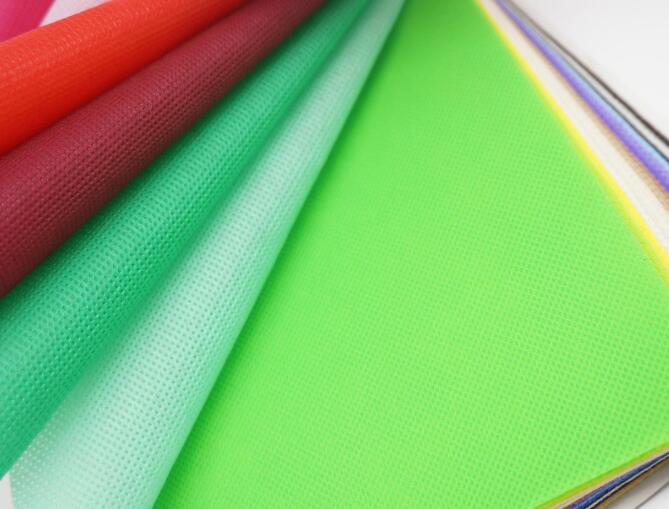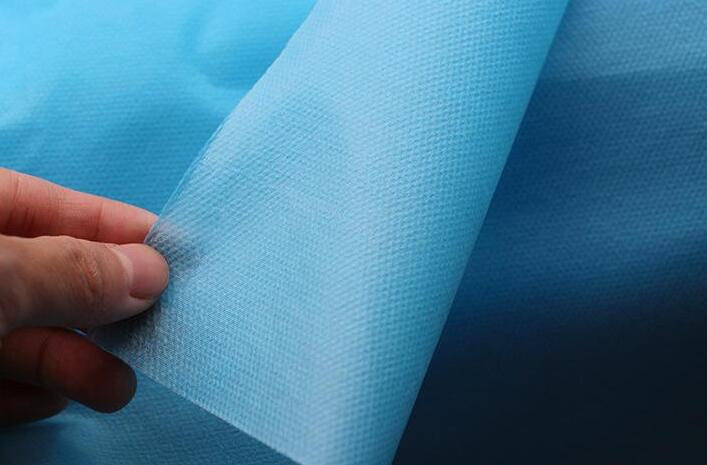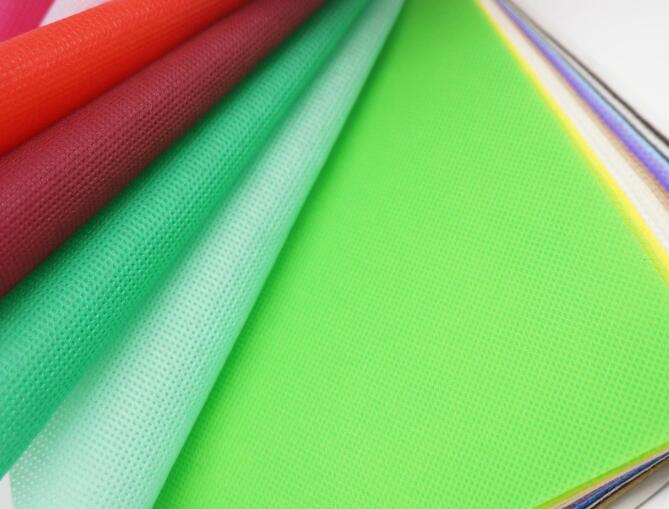Non-woven fabrics are widely used in our daily sanitary products, not only in daily necessities such as wet wipes, sanitary napkins and facial masks used by the general public, but even medical supplies rely on non-woven fabrics. This year, the COVID-19 epidemic is raging around the world, and the large demand for masks and medical protective clothing will also cause the consumption of non-woven fabrics to surge. In 2018, my country's non-woven fabric production reached 3.939 million tons, which has exceeded 35% of the world's total output. my country has become the world's largest non-woven fabric producer. At present, non-woven fabrics are mainly made of chemical fibers and belong to plastic products. This proposal will present the problems caused by the public’s inability to understand the true composition of non-woven fabrics from the product, and call on relevant standards and regulations to avoid using the fuzzy name "non-woven fabric" as a description of product ingredients in order to achieve consumers When purchasing products, you can know the true ingredients of the products, and protect consumers' right to know the ingredients of the products. This proposal will help the public, enterprises and relevant product authorities to identify the plastic components in products in order to implement relevant environmental protection actions and policies to reduce the use of disposable plastic products.

The terms "non-woven fabric" and "non-woven fabric" are a kind of technological concept, referring to a certain form of fiber products, rather than the name of the material nor the specific component. According to my country's national standard GB/T 5709 ——The definition of nonwoven fabric in 1997 "Textile Nonwovens Terminology": "Nonwovens are fibers that are arranged in a specified direction or randomly, and are made by friction, entanglement, or bonding, or a combination of these methods. Sheets, webs or wadding, excluding paper, woven fabrics, knitted fabrics, tufted fabrics and wet-laid felt products. The fibers used can be natural or chemical fibers; they can be short fibers, filaments or fibrous objects formed on the spot. "
Although non-woven fabrics are widely used, our "Survey on Consumer Attitudes to Buying Wet Wipes" found that more than half of the public is not clear about the true composition of non-woven fabrics. When words such as "soft texture" appear in the advertisement description, nearly half of consumers mistakenly believe that the wet wipes they buy are made entirely of natural fibers, even if the raw materials are not entirely natural fibers.

1. Amend the "Regulations for the Management of Labels and Instructions for Disinfection Products" [2006] No. 29 Document
At present, although Article 13 of the "Management Standards for the Labeling and Instructions of Disinfecting Products" issued by the Ministry of Health requires the name of main raw materials, but the supplementary document [2006] No. 29 "Requirements for the name of main raw materials of some sanitary products" "As mentioned, "non-woven fabric/non-woven fabric" can be marked as the name of raw materials in sanitary products such as sanitary napkins, sanitary pads, diapers, wet wipes and sanitary wipes.
Although there are also a small part of non-woven fabrics made of natural fibers, the main raw material of non-woven fabrics is chemical fibers, which in essence are also plastic products that are difficult to degrade. According to industry data, the three major fibers used in the production of non-woven fabrics are viscose fiber (8% of the total), polyester (23% of the total) and polypropylene (63% of the total), with the remaining 2% It is acrylic fiber, 1.5% is polyamide, and 3% is other fibers. Viscose staple fibers are textiles that use cotton pulp and wood pulp as raw materials, while polyester, polypropylene, acrylic and polyamide fibers are all synthetic chemical fibers and are also the main polymer components of synthetic plastics.
When the description of "non-woven fabric" is used in the ingredient list in the packaging of products such as wet wipes, facial masks, etc., it is impossible to directly specify the true ingredients of the "non-woven fabric". Consumers cannot tell from this description whether the non-woven fabric used in the product is natural fiber or chemical fiber. This description is not conducive to understanding and distinguishing the types of disposable plastic products from all walks of life, and it is also not conducive to the public and government's actions to reduce disposable plastic products.
Based on the foregoing discussion, we propose to revise the "Management Standards for Labelling Instructions for Disinfection Products" [2006] No. 29 document. Regarding the part that allows the use of "non-woven fabric/non-woven fabric" as the raw material identification, since it cannot reflect the true composition of the raw material, it should be changed to a description that can reflect the true composition of the non-woven fabric, such as "cotton fiber non-woven fabric" , "Polypropylene non-woven fabric", "Polyester fiber non-woven fabric", or described according to the product component ratio, such as "polyester fiber 60%, polypropylene 40% non-woven fabric" and so on.
2. Strictly implement the relevant provisions of the Advertising Law, and do not use misleading advertising
The packaging of non-woven fabric-related products should provide clearer descriptions of ingredients, and vague descriptions should not be used to mislead consumers. Article 4 of the Advertising Law of the People’s Republic of China stipulates: “Advertisements must not contain false or misleading content, and must not deceive or mislead consumers. Advertisers shall be responsible for the authenticity of the advertising content.”
However, according to our "Survey on Consumer Attitudes to Wet Wipes Purchases", when words such as "soft texture" appear in wet wipes advertisements, nearly half of consumers mistakenly believe that the products are made entirely of natural fibers, even if the raw materials It is not entirely natural fiber. In addition, when the respondents realized that the wet wipes they bought were made of plastic, less than 4% of the respondents said they would still buy it, and 58% said they would not buy it.
Therefore, advertising descriptions have a substantial impact on consumers' buying behavior. The market supervision and management department shall strictly perform its duties, properly and legally exercise its powers, establish a sound advertising monitoring system, improve monitoring measures, and promptly detect and investigate illegal advertising activities in accordance with the law to protect the rights and interests of consumers.
3. Implement multi-channel supervision and promote the implementation of regulations
Through the supervision of the public and relevant functional departments, ensure the standardization of packaging labels to eliminate misleading consumer descriptions. It is recommended to build network platforms, mailboxes and other channels to facilitate the public to report irregular companies. Relevant departments implement market inspections and other methods to supervise the standardized packaging of wet wipes, investigate and deal with irregular companies in accordance with the law, protect the legitimate rights and interests of consumers, and promote once The implementation of the reduction of sexual plastic products will help my country's green ecological civilization construction.

<< previous
next >>